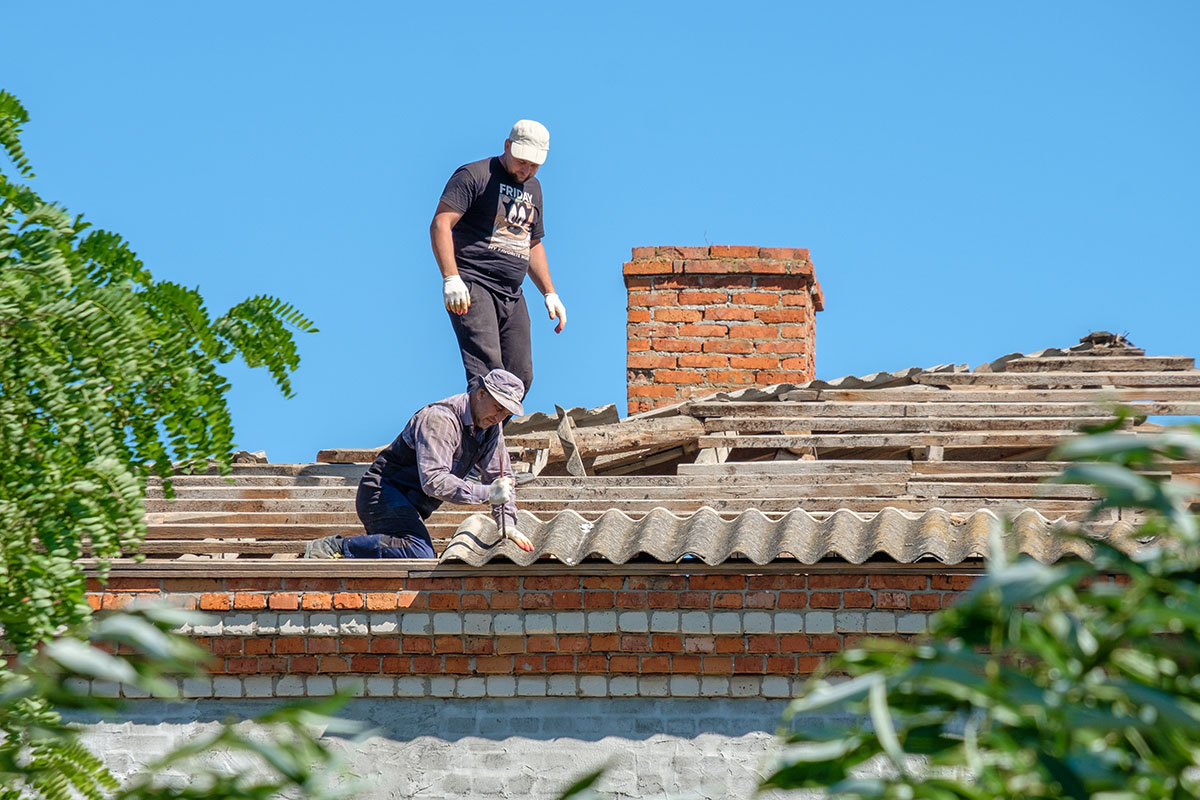
If the concrete freezes or dries out too quickly, it will have lower strength and be more prone to cracking and other defects. Therefore, concrete contractors and suppliers need to understand how to adjust their concrete mixes for the forecasted weather.
Hot weather concrete mixes
Concrete sets and gains strength through a chemical reaction called hydration between cement and water. This reaction generates heat, and if the heat adequately dissipates, it causes cracking as the concrete cures. Hot weather calls for the following strategies:
- Use ice as part of the mixing water. This leaves less free water in the concrete Campbelltown mix once the ice melts. The lower water-cement ratio will result in higher strength and less cracking.
- Add more cement. The extra cement increases the water demand, lowering the water-cement ratio. It also provides more surface area for the hydration reaction, accelerating strength gain.
- Use supplementary cementitious materials. Fly ash, slag cement, and silica fume tend to reduce the rate of hydration, decreasing heat generation.
- Use water-reducing admixtures. These admixtures lower the water requirement, allowing a lower water-cement ratio.
- Avoid using accelerators like calcium chloride. Accelerators generate even more heat of hydration.
- Cold Weather Concrete Mixes
- Cold weather poses the opposite problem – it slows or even halts hydration. The strategies for cold weather include:
- Use accelerators like calcium chloride. This increases the rate of early strength gain so the concrete sets before the first freeze. However, don’t overdo the accelerator, as this causes other issues.
- Use insulating blanketing. Covering the concrete with insulated blankets or leaving the formwork on longer retains heat and protects the curing process.
- Use hot water and aggregates. Heating the mixing water and aggregates helps initiate hydration. Don’t exceed a mix temperature of 90°F at the time of placement.
- Avoid air entrainment. While air entrainment is normally recommended for durable concrete, the small air bubbles increase the surface area, making the concrete more vulnerable to freezing. Limit air entrainment to the minimum required for the particular project conditions.
Dry weather concrete mixes
Hot, dry, and windy conditions accelerate the drying of unhardened concrete. Drying shrinkage causes cracking. Strategies for dry weather include:
- Use larger aggregates. Larger aggregates require less cement paste to coat them, resulting in less shrinkage.
- Add extra cement. The richer cement paste resists shrinkage better.
- Use shrinkage-reducing admixtures. These admixtures minimize water tension and surface tension forces that cause shrinkage.
- Install evaporation barriers. Covering the surface with plastic sheets or applying an evaporation retarder minimizes moisture loss.
- Moisten subgrade. This prevents the dry subgrade from sucking moisture out of the concrete.
- Use fog sprayers and concrete sealers. Applying a fine mist of water for several days helps concrete retain moisture as it cures. Sealers also prevent moisture loss.
- Limit slump. A lower slump means less bleed water is available to evaporate from the surface. However, the slump must be adequate for proper consolidation.
With preparation and care, durable and strong concrete be placed in any season. Pay close attention to weather reports to anticipate conditions, and design the mix accordingly. Be ready to implement protective measures like blanketing, wind/sun barriers, and proper curing. With the right materials and methods, concrete works in any weather.




